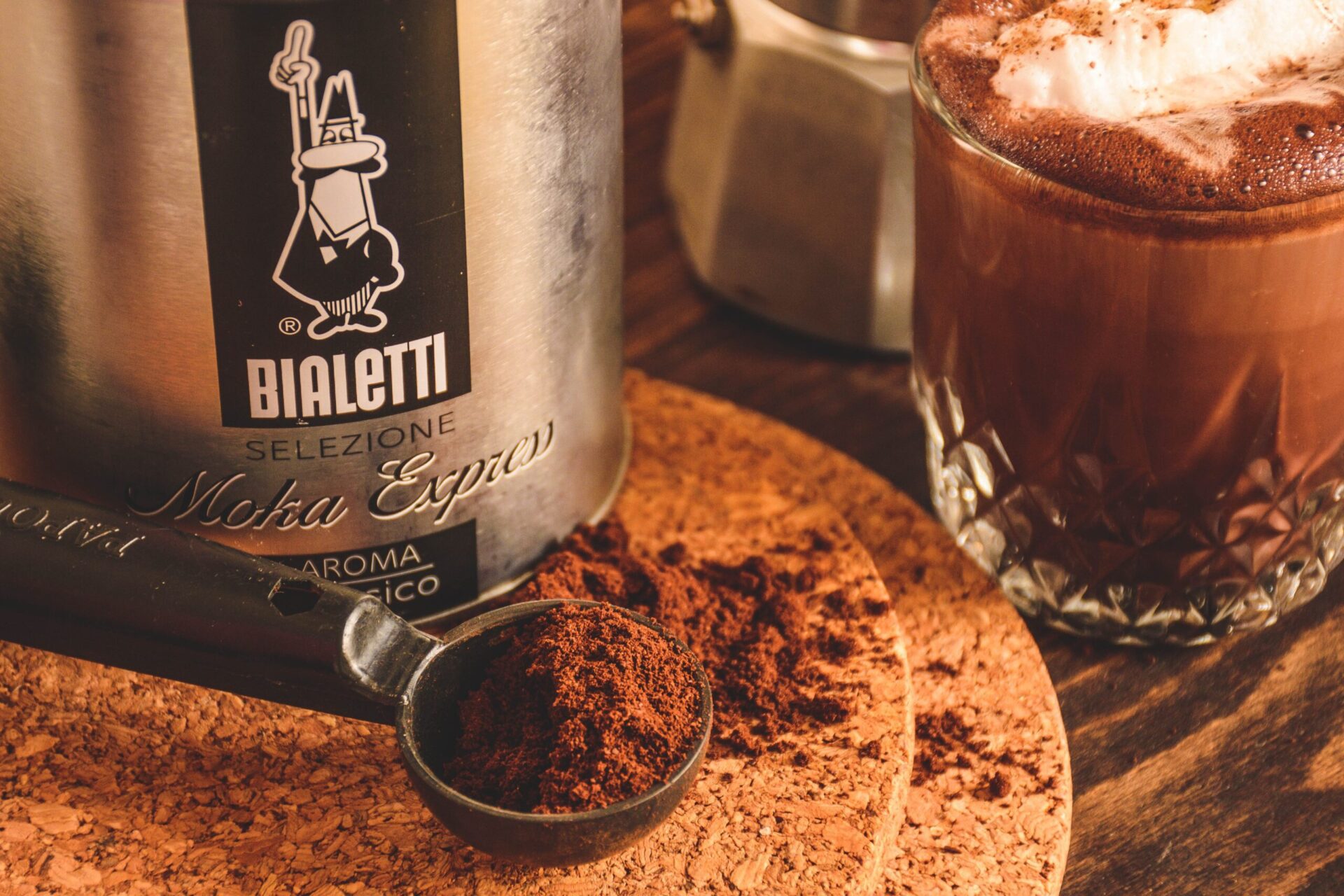Why is the Transition from Product to Experience Brand Difficult?

The more marketers can build experience brands, the more they will succeed. The transition from product brands to experience brands has been a big battle and to date, there have been very few examples wherein brands have managed this transition successfully well.
Commodities > Products > Brands > Experiences
From a marketing standpoint, there has been an evolution of sorts. As customers’ expectations move up, so do the expectation of benefits. To elucidate this further, it would best be explained by a product close to my heart – Coffee. First, we had raw green coffee beans which were traded across the world ( and it still is) – a commodity. As the expectation of the customers grew then we had varietals like different types of roasts, monsooned coffee, instant coffee and so on – products. This entered the next phase when the expectations of customers increased along with aspirations. This led to brands for example – Nescafe. In effect, these were product-specific brands. However, as tastes and expectations evolved further, customers wanted more and hence did not look at just the brand but the whole ceremony around it – Starbucks is an apt example and closer home Cafe Coffee Day.
While the transition in expectations has happened, it does not mean that customers will not buy commodities. The same customer may buy commodities, products or brands both within categories and outside depending on what their needs are. For example – a housewife may buy rice for her daily use but then may buy Basmati for a special reason but also pick up Kohinoor Basmati for an extremely important occasion.
Without a doubt, the expectations of the customers from an experience are much more. And if a brand can cater to these expectations then they are customers for life.
The more marketers can build experience brands, the more they will succeed. The transition from product brands to experience brands has been a big battle and to date, there have been very few examples wherein brands have managed this transition successfully well. Many of them come from the electronics/ lifestyle space like Apple, Nike etc. This has been copied by other PC manufacturers albeit less successfully. In the case of lifestyle brands, it is safe to assume that they are more retail/ experience brands. In the FMCG space, as far as I can recollect I can only think of some ice-cream brands, Red Bull and Nespresso. It is more an exception to the rule. Interestingly Nespresso is a separate division run independently not controlled by the FMCG machinations!
Quickly let us what understand an experience brand delivers:
a) Delivers experiences that are promised at every point of interaction with the brand. What people at every point of remembering is what they experience. No amount of exciting messaging through communications can justify any faults. You’re defined by what you do—not just what you say alone. Every touchpoint or interaction is an opportunity to let customers experience the brand.
b) Since experience brands understand that each interaction is important, they appreciate the importance of good people. The last mile in the service delivery is handled by people who can make or break the brand experience. Most interactions are driven by people in the forefront or the background. They invest heavily in employee engagement activities that help create better alignment and performance in support of the brand proposition.
c) The experience has to be authentic representing the true values of the brand. Any misrepresentation creates a dissonance in the mind of the customer. Interestingly most experience brands have the largest number of diehard fans (customers) who serve as brand ambassadors because they invite interaction and engagement, and hence take customers from relative indifference to commitment and advocacy more quickly than other brands.
d) Experience brands involve customers in activities. They engage in a dialogue with their customers and not a monologue. It is not a one-way street but a two-way process. It cannot be restricted to the Facebook’s and Twitter’s of the world; social networking sites/ tools are merely devices that facilitate this interaction, and have to go beyond that. For example, Coffee Day involves its customers in coffee festivals which enable them to participate and understand the nuances of coffee brewing/ making.
e) Creation of multiple ways for people to interact with them, above and beyond the products and services they sell. For example – Coffee Day involves local NGOs and creates meeting places within cafes for discussions on socially responsible topics. In a new initiative, Coffee Day tied up with Taxsmile to enable easy filing of income tax.
The transition from product brands to experience brands
Somehow FMCG brands have not been able to transition well in a truly comprehensive manner. They can touch on some parts but are not able to deliver on them comprehensively. The reasons
a) Mindset – I noticed time and again that marketers from the FMCG frame of mind need to understand that experience brands are different in terms of touchpoint interaction. They are used to the tried and tested ways of mass media advertising, some activations and usage of the latest craze – social media. I believe that more than anything else FMCG organizations need to think afresh and different.
b) People, people, people – In the FMCG business, the last mile is delivered by a retailer who is not connected with the FMCG brand and on the contrary will communicate his/ her organization’s core values. The FMCG marketers need to understand that they need to invest in people who for all practical purposes come with limited educational qualifications and skillsets. It is a huge challenge to inculcate the ethos of a brand to them.
c) Even the final delivery of an FMCG product is through a robust mechanism. Small variations in the service do not compromise the experience. However, for an experience brand, even a minor variation can create huge dissonances
d) Responsiveness trumps efficiency – More often not, customers expect good listening too rather than an efficient response. The whole idea is to be more personable, and prompt to listen.
e) Unidimensional – For an experience brand, the marketer needs to have a 360-degree perspective and should be responsible for all aspects of the brand touchpoints as each point is a communication point. Unfortunately, FMCG marketers restrict themselves to mass media and have a uni-dimensional view.



